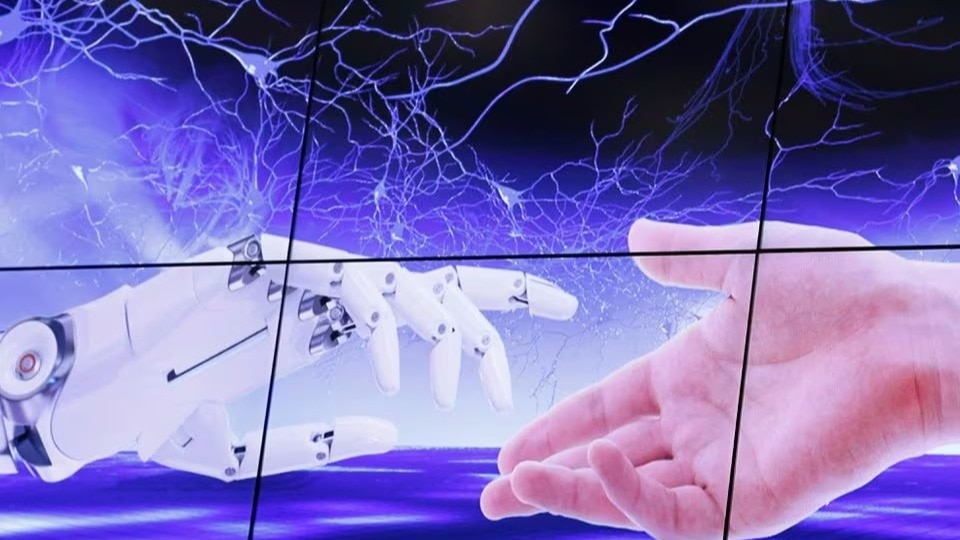China is diving headfirst into the world of brain-computer fusion, and it’s not just about smarter phones or robot assistants. The country is chasing a literal merger between humans and machines, and it hopes it will leapfrog its position in the global race for AI supremacy. While the finer details are yet to be known, fragments of this agenda have surfaced through academic papers, government strategy documents, and rumours from experts lured into China’s growing tech fold, as reported by The Washington Times. The goal? Nothing short of blending the brain’s power with machines to create a cognitive super-soldier of sorts.
At the heart of this effort is brain-computer interface (BCI) research, which involves the science of directly linking human brainwaves to computers. Imagine thinking about writing an email and having your computer do it instantly, without you actually typing on a keyboard. But China’s ambitions go far beyond such party tricks.
According to insights shared by Georgetown University’s Center for Security and Emerging Technology, Chinese scientists are developing BCIs across the full spectrum, invasive, semi-invasive, and non-invasive. The mission is to turbocharge the brain’s capabilities by connecting it directly to advanced computational tools, forming seamless human-machine teams, as reported by The Washington Times.
This isn’t just a metaphorical melding where machines behave like humans. Chinese researchers are reportedly eyeing a very literal convergence, where brain and circuit operate as one, erasing the line between man and machine. And yes, it could mean humans becoming increasingly reliant on tech plugged straight into their minds.
While US tech titans like OpenAI and Meta are busy building ever-larger language models, China is opting for a different approach. Faced with Western chip restrictions, its researchers are exploring brain-inspired systems that don’t rely on brute-force computing. Early signs suggest these alternative strategies are showing promise.
One of the more vocal champions of this approach is Professor Dong Ming of Tianjin University. Speaking to Chinese state media, he argued that the future isn’t about AI replacing humans, it’s about AI becoming part of us, physically and cognitively.
Adding more to the evidence, back in 2018, two tech innovators, Bijan and Saied Tadayon of Z Advanced Computing, found themselves in China’s crosshairs, but in a good way. The brothers had developed a brain-inspired algorithm for image recognition that turned heads in the AI world, and Beijing took notice.
Chinese officials reportedly offered them a staggering $30 million in exchange for a 20 per cent stake in their company. Unlike the dominant large-scale statistical models that require mountains of data and high-powered GPU servers, the Tadayon brothers’ algorithm takes a different path. Described as cognitive-explainable AI, their method focuses on concept learning, mimicking how the human brain understands and categorises information.
The result? A more energy-efficient system that learns from fewer data samples and sidesteps the need for GPU hardware altogether, a key advantage, especially with Western export restrictions tightening on advanced computing components. China’s interest didn’t stop at the offer. The Tadayon brothers were also invited to present their technology at the InnoStars competition in Houston, a move that further signalled the country’s eagerness to tap into unconventional AI pathways.
Whether this vision inspires awe or unease, one thing’s certain that China is not just imagining a future with smarter machines; it’s building one where the line between flesh and fibre might disappear entirely.
– Ends
Tune In


